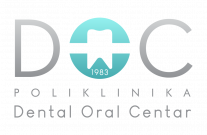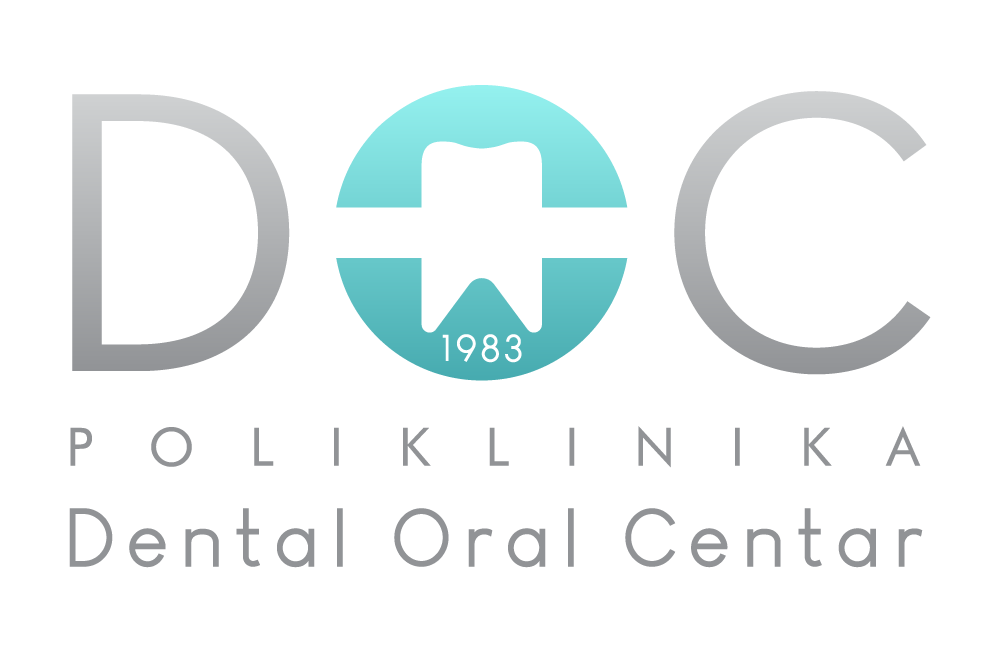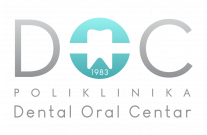Periodontology is the science that deals with the health of the gums and bones around the teeth. It is a very important area of dentistry. Almost every other person has a problem with periodontal disease.
Periodontal disease is a disease of the supporting apparatus of the teeth, ie. those tissues that hold the tooth in the tooth bone and absorb the action of forces on it.
The main cause of periodontal disease is poor oral hygiene, which leads to food retention and bacteria that destroy the tissues around the teeth with their toxins.
Symptoms of periodontal disease are: bleeding gums when brushing teeth, or a stronger bite, dull, indeterminate pain around the teeth, moving the teeth forward and increasing the distance between the teeth, clenching and tooth loss. If the answer to at least one of the above is yes, contact your dentist. There is a possibility that you have periodontal disease, or as we often call it – periodontitis.
The diagnosis of periodontal disease is made on the basis of a clinical examination which includes probing the periodontal pockets, and based on the examination of radiographic images of teeth. The examination determines the depth of periodontal pockets, their type and suggests adequate therapy.
Periodontal disease cannot be cured, but its progression can be stopped and thus prolong the life of the tooth.
Peri-implantitis is an infection around the implant, and it leads to the decay of the bone around it. Unlike teeth that hold other tissues in the alveolar bone that are located in between, the implant makes a direct connection with the surrounding bone without intermediate tissues. The reasons for the occurrence of periodontal disease and periimplants are identical, ie poor oral hygiene and tartar buildup.
Finally, we can answer the question. Periodontal disease is not a contraindication for implant placement if the patient changes his habits regarding regular controls at the dentist and oral hygiene.
Prevention of periodontal disease includes:
- regular and proper maintenance of oral hygiene
- tartar removal and
- polishing teeth two to three times a year
Treatment of periodontal disease includes those procedures that aim to stop its progression. These procedures make the conditions for proper oral hygiene.
Therefore, the main condition in the prevention and treatment of periodontal disease is the cooperation of the patient.




